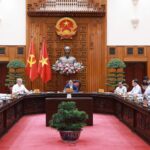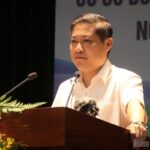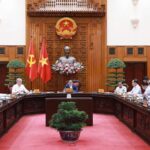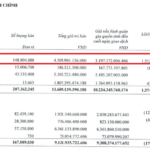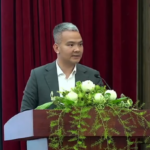The Land Management Department’s Party Committee has submitted a proposal to the Standing Committee of the Ministry of Agriculture and Environment’s Party Committee regarding the reorganization of land registration offices under the two-tier local government model. According to the Land Management Department, 34 provinces and cities have established 703 land registration offices under the Department of Agriculture and Environment.
Before the Land Law 2024 takes effect, the total number of civil servants and employees in the national land registration office system is 16,683, with approximately 12,600 staff members at branch offices.
To ensure the principle of a single level and a single point of contact responsible for handling land-related administrative procedures within their jurisdiction, the Land Management Department proposes maintaining the operation of land registration offices under the Department of Agriculture and Environment. This is to unify the tasks of building, updating, managing, and operating the land database.
Simultaneously, it will provide land-related public services and support state management of land within the provincial jurisdiction. Additional tasks will be included to ensure connectivity and appropriate data usage permissions in line with the two-tier local government model.
Notably, the proposal recommends transferring the authority and functions of branch offices to the commune level. Branch offices will cease operations, and their authority and functions will be transferred to the commune level as per current legal regulations.
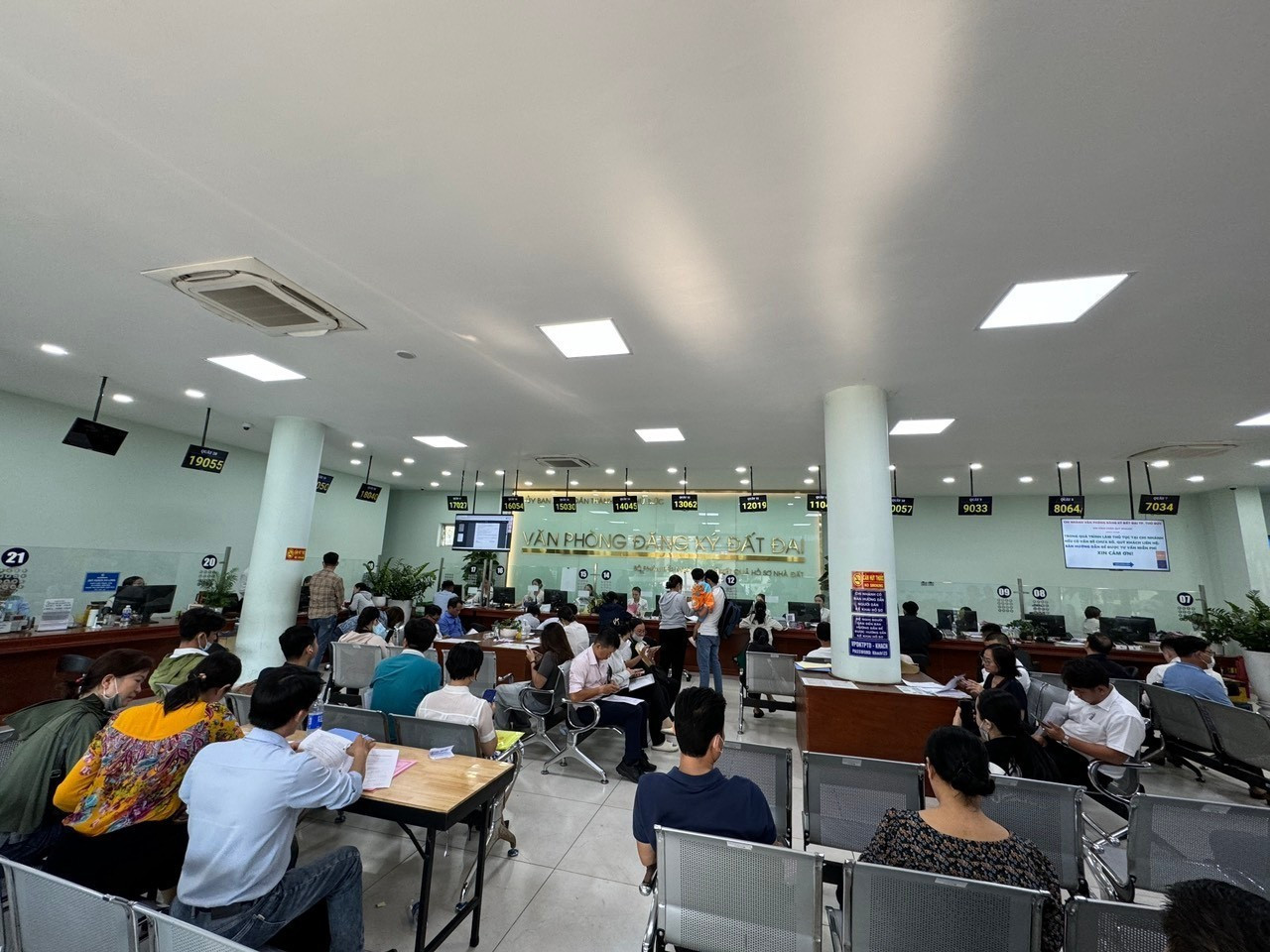
Land registration branch offices will be transferred to commune-level People’s Committees under the two-tier local government model.
The Land Management Department’s proposal presents two options. Option 1 involves commune-level People’s Committees establishing public service units to fully assume the authority and functions of branch offices as per current legal regulations.
Based on population size and economic scale, provincial People’s Committees will allocate a minimum of two branch office staff members per commune, ward, or special zone. This option’s advantage is that the organizational structure and apparatus remain similar to the old model, facilitating operations and financial mechanisms due to existing specific regulations.
However, it may lead to organizational expansion. Support for state land management could be limited due to two units at the same level performing similar tasks, with unclear authority for issuing land certificates under the commune-level People’s Committee chairman’s jurisdiction.
Option 2 involves transferring the authority to issue land certificates and confirm changes for cases within the branch office’s jurisdiction to the commune-level People’s Committee chairman. Based on local conditions, the chairman may delegate this authority to the commune-level land management agency.
The branch office’s functions and tasks will be transferred to the commune-level land management agency, ensuring a single agency handles land procedures for citizens and businesses. Based on population size and economic scale, provincial People’s Committees will allocate a minimum of two branch office staff members to the commune-level land management agency.
This option’s advantage is that it ensures a single level and agency for land-related matters under the commune’s jurisdiction, promoting efficiency, reducing intermediaries, and enhancing modern technology use in land management. It minimizes inconvenience and negativity for citizens and businesses.
However, this option faces challenges in adding public service functions, particularly regarding operational and financial mechanisms, especially when integrating civil servants and contract employees from branch offices.
The Land Management Department’s Party Committee considers Option 2 the most suitable and feasible, meeting the government’s requirements for organizational efficiency, decentralization, and ensuring the “one level, one agency” principle for unified land registration tasks.
Prime Minister Requests State-Owned Enterprises to Report Q1-Q3 Performance
The Prime Minister has directed state-owned corporations, conglomerates, and enterprises to submit reports to the Ministry of Finance detailing their operational and business performance for the first three quarters of 2025.
Da Nang Mobilizes Full Force: Door-to-Door, Plot-by-Plot Land Data Cleansing Campaign
Da Nang mobilizes its entire political system to conduct door-to-door, plot-by-plot surveys, ensuring standardized and digitized land information across the city.
Prime Minister Chairs Meeting to Resolve Bottlenecks and Delays in Pending Projects
On the evening of October 6th, Prime Minister Pham Minh Chinh chaired a meeting at the Government Office. The session brought together the Government’s Standing Committee, ministries, sectors, and localities to address challenges and bottlenecks hindering long-stalled projects. This initiative aligns with the conclusions of the Politburo, resolutions of the National Assembly, and relevant Government decrees.




























